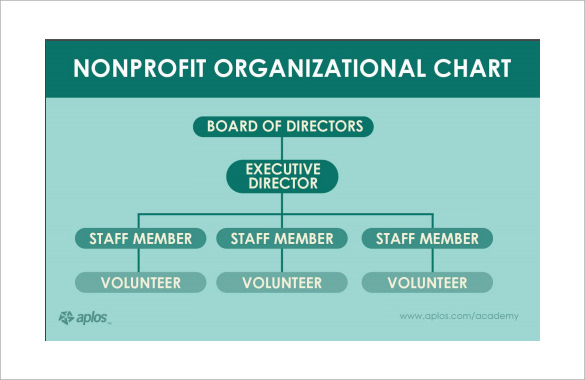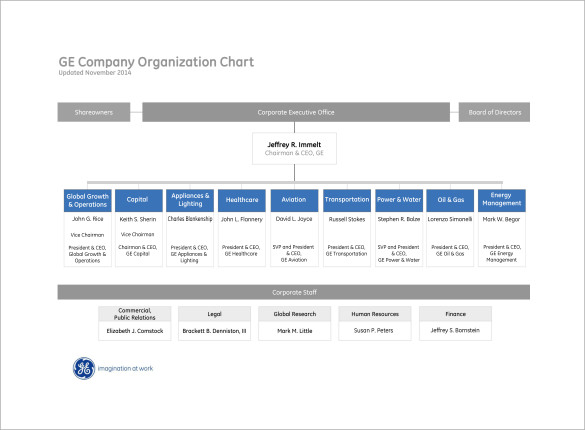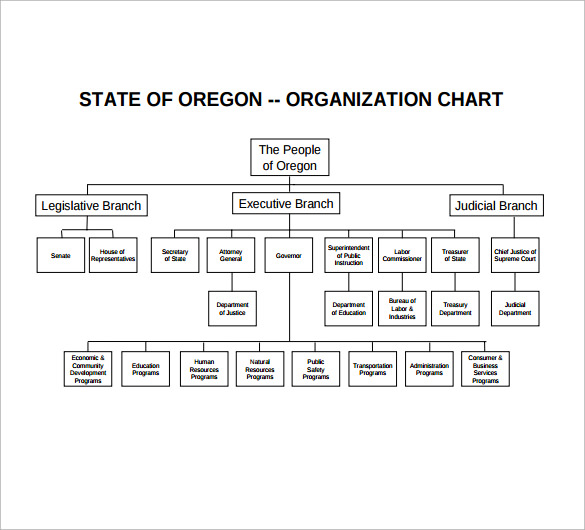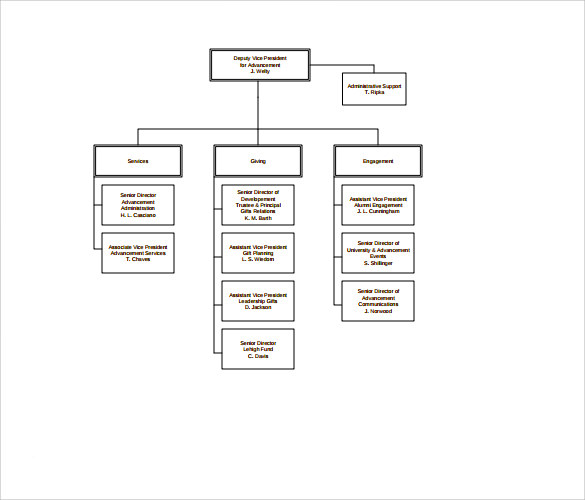6+ Nonprofit Organizational Chart Examples to Download
You first learned about organizational charts back in high school. You may have even recapped on the same topic in a business class back in college. To date, these charts remain the most significant visuals that show the relationship among members of an organization. And since you are here searching for nonprofit organizational charts, check out the following example templates for inspiration.
Best Nonprofit Organizational Chart Examples & Templates
1. Nonprofit Organizational Chart Example
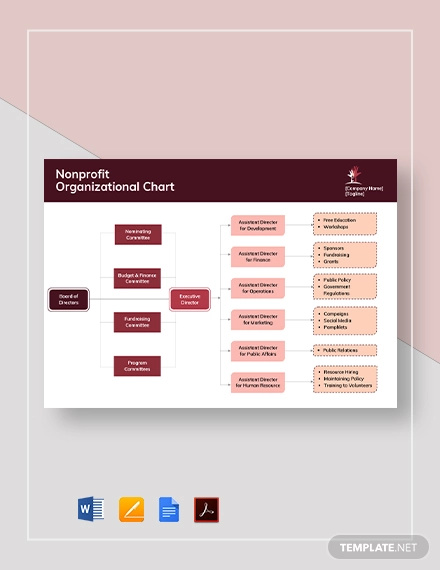
2. Sample Nonprofit Organizational Chart
You already know by now that an organizational chart, like this one, is helpful because it shows the relationship among members. But have you ever for once asked yourself about just how useful a template like this can be? Well, maybe – maybe not.
At the very least, this chart helps you to understand the structure of the organization. It also helps you to understand the relationship that exists between and among members. You may not have the time to meet all the members in person, but the chart can give you an idea of the composition.
Moreover, this chart shows who your immediate heads are. It also shows you a list of people who share the same work position as you. By knowing who your leaders, as well as close colleagues, are, it becomes easier for you to know who to approach, why to approach them, and when exactly to do that.
3. Traditional Nonprofit Organizational Chart Template
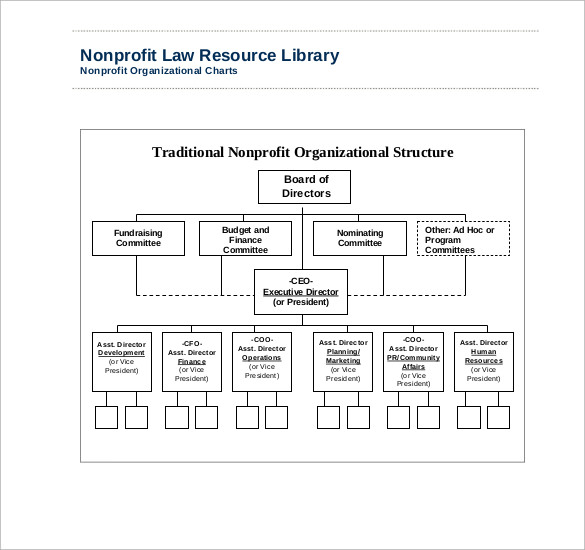
Why is this simple chart template so important? Because it helps you to understand the structure of an organization and the relationship that exists among members. With the help of this template, you can easily understand the working relationship between one department and another. It also makes it easy for you to understand how one function relates to another.
This chart doesn’t just show the positions of different members of the organization. Apart from knowing about the coordination, it also helps everyone involved to know his or her rights and responsibilities. When people know their rights and responsibilities in a nonprofit organization, it becomes easy for them to concrete on their respective assignments for the good of the organization.
A structure of this kind is also important because it helps in the recruitment process. For example, if the chief executive officer of the organization sees a gap in the employees’ department, it would make it easy for them to figure out ways to fill the gap by hiring and training additional employees.
4. Basic Nonprofit Organizational Chart
Although you can create an organizational chart from scratch, you’d have to spend a lot of time on your computer to get the job done. But you want to save time and invest it elsewhere, right? So the best thing to do is to download a pre-built template that you can use to set up the structure of the organization. Here’s a good sample that you can use.
Primarily, you can use this template to show the hierarchy of departments within the nonprofit organization. This makes it easy for members to understand the relationship between one department and another. By dividing functions accordingly, and making sure that every person in the organization understands their role, the structure can lead to productivity and long-term growth of the organization.
Another important benefit of this structure is that it helps to enhance communication between departments. And with a solid communication channel in place, communication in the organization shouldn’t be an issue.
5. Printable Nonprofit Organizational Chart
Creating the best nonprofit organization chart on your personal computer isn’t difficult. It only takes time. If you have decided that it’s time to create one yourself, you need to follow some rules to get the most out of your time. Here’s how to create one:
Choose a computer program to use. There are no limits here. If the software can do the job, go for it. Good examples are Microsoft Word, Microsoft PowerPoint, Adobe Photoshop, and Microsoft Publisher. You can also use an online tool like Google Documents, Snappa, or Slides.
The next thing is to format the chart properly. Make sure everything fits into a single page. This makes the chart easy to read and understand. You should group people with the same time and don’t forget to space out the boxes evenly. You can use dotted lines to show the relationship between departments. Download this example for inspiration.
6. Sample Nonprofit Organizational Chart Example
You already know by now that it is difficult for people to know who is who in an organization without an organizational chart. Since the chart shows the hierarchy of a company, clearly outlining the positions that people hold and their possible responsibilities, it is important to create and share the chart for references.
With the help of a chart template, you can easily explain the organizational process and general business policies in a way that the people involved can easily understand. You should describe the hierarchy from top to bottom. That’s because the people at the top make the most decisions for the organization.
By clearly describing leadership and roles from the top to the bottom of the hierarchy, every person involved gets to understand what the organization requires from them. Also, it makes it easy for people to relate to one another. Here is an organization chart sample that you can use as a guide to creating one for your nonprofit business.
7. Printable Organizational Chart for Nonprofit Business
As much as people make up a nonprofit organization, they can’t hold the same position in the company. The success of the organization depends on the different roles. And people must know their responsibilities to execute their tasks accordingly. That’s why an organization chart is important. The document shows the structure of the organization as well as the relationship between people.
When people know the position they hold and understand and what the organization requires from them, they can easily perform their duties and make the organization a better place for everyone. The chart can also help the organization to conduct specific SWOT analysis when the need for one arises.



